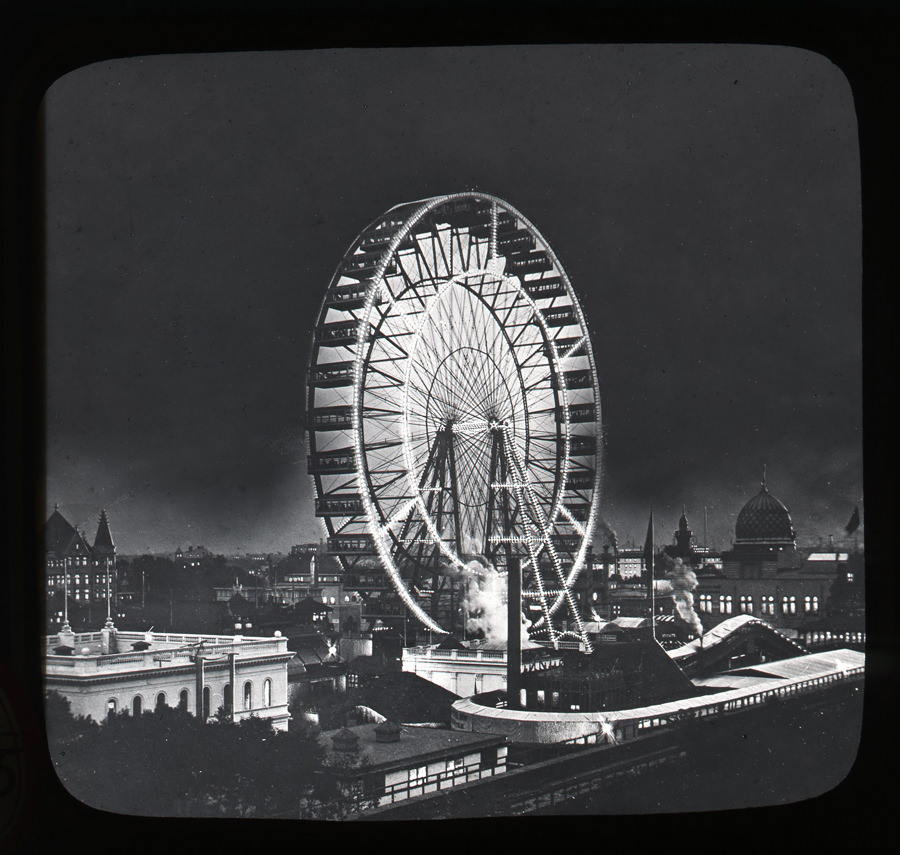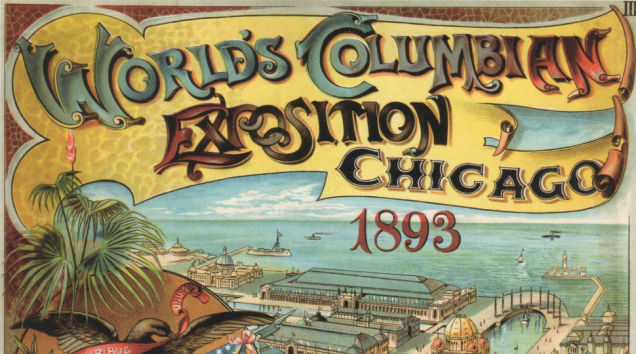The Devil in the White City, a review
The first in a series of book reviews by HCA board member and voracious reader, Greg Enas. Enjoy!
My son Chris recommended that I read this one - what a thriller! Two parallel stories, set in the late 19th century in Chicago, intersect as they pass each other going in opposite directions. The "devil" is reference to HH Holmes and his descent into darkness. A sociopath and serial killer, Holmes was ultimately executed for the deaths of at least nine, if not dozens of mostly women, some men and children. One child was killed in October 1894 in Irvington, a small town outside of Indianapolis. His blood-thirsty penchant and thrill at the sights and sounds of death make for a gruesome reading. Yet the more compelling portal into this macabre theatre is the story of the Chicago World's Fair, the White City. This is a story of ascent into greatness, not descent into the abyss. A story of beauty and wonder formed out of chaos and the ugliness and stench of the Chicago stockyards.
Chicago bid on hosting the World's Fair with aspirations to obliterate their identity as step-child to the East. They won the bid, forging a unique partnership between city fathers (e.g. Mayor Charles Harrison and architects (e.g. Daniel Burnham) with New York based elite architects (e.g. Frederick Law Olmsted). Though few buildings remain from the White City they built near the Lake Michigan shore, their legacy remains in the American psyche as to what a City can be and what a human can experience in that place. The Chicago World's Fair alone left future generations to savor all kinds of new inventions, from Cracker Jacks and Shredded Wheat to the Ferris Wheel and Braille typewriter. Buffalo Bill, or Wild Bill Cody, leveraged his outsized persona at the Fair, Susan B Anthony made her presence known, and even young Frank Lloyd Wright learned a lesson upon being fired from his junior architect job because he was using work time to build houses on the side. With no guarantees other than the Fair's audacious goals and ambitions, the Fair started out as a bust from the get go, not completed on budget nor on time, but still full-speed ahead to record very high attendance, financial success, and further still its impact on place and technology seen and felt even today. The school children's Pledge of Allegiance was written for the Fair's dedication ceremony while the tune we are all familiar with as backdrop for cobra's being charmed out of baskets was a staple at the Street of Cairo in the Midway Plaisance.
Even HH Holmes saw the potential in the Fair to delight his sordid fancy. He built a "Castle of Horrors" hotel of sorts near the Fair site, in which he lured his captives through charming deceit and a building with prison-quality design and structure. Though there is much to ponder about man's psyche or the inability of authorities to connect Holmes to a multitude of mysterious disappearances during the Fair, there is much to be inspired by. Walt Disney's father Elias helped build the Columbian Expedition, a major facet of the great City, which may have been his inspiration for the experiences of place we all have enjoyed today in some form or fashion through Disney. The Hoosier President Benjamin Harrison proclaimed October 12 to honor Columbus and his sense of adventure and discovering new places.
Burnham went on to become a world-renowned urban planning consultant. Major city plans were impacted by his thinking, including his persuasion to have a railroad depot removed from the center of the Washington DC federal mall, thus creating the unobstructed green that is there today. His last city plan was for his beloved Chicago, containing Soldier Field and the Field Museum in aptly named Burnham Park. Burnham's star then fell as Frank Lloyd Wright and others, no doubt whose aspirations and ideals were awakened by beauty of the Fair. There's enough in the book to believe that, though difficult and often against seemingly hopeless odds, beauty again can be created where humankind can flourish and enjoy small tastes of wonder beyond the place itself.



